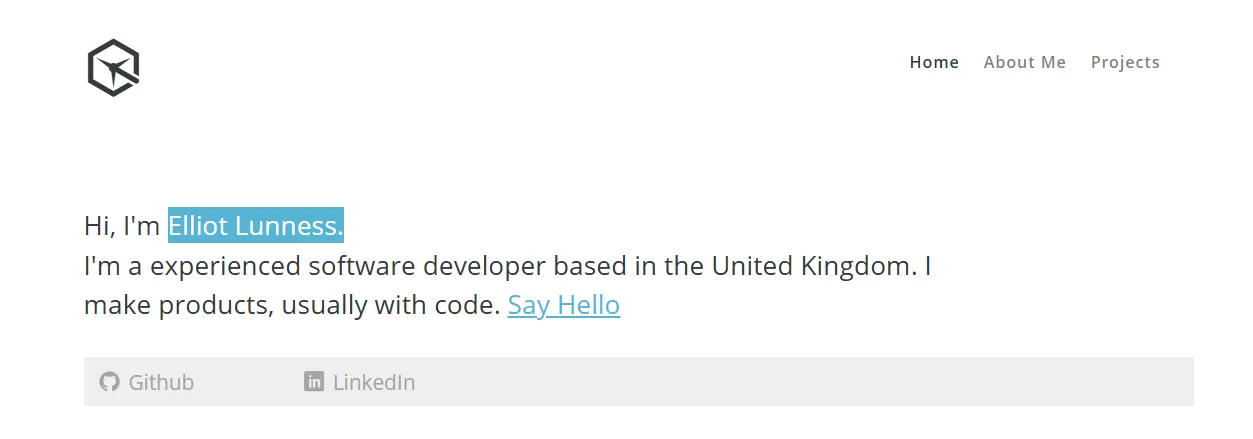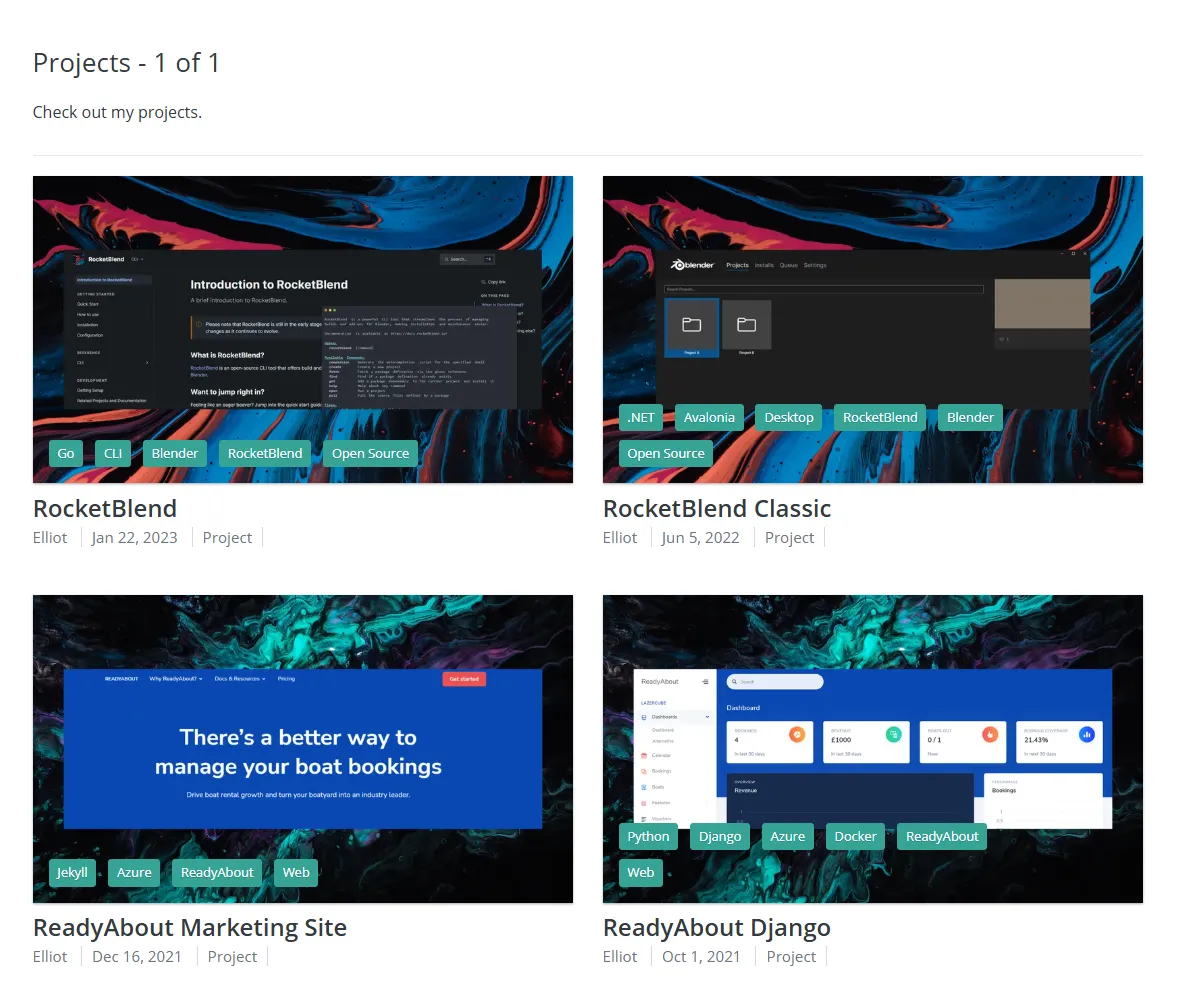
Back in 2019 I put together my first developer portfolio using Jekyll and a custom Sass theme, hosted on Azure. It worked well at the time: static pages, a responsive layout, CI/CD pipelines, and even a CDN in front. For a while I was happy with it, but over time the stack started to feel out of step with how I build things today.
 | Screenshot of my portfolio project page (Jekyll), 2025
| Screenshot of my portfolio project page (Jekyll), 2025
The biggest issue was not that it was slow or broken, but that it was tied to tools I no longer use. Jekyll is a great static site generator, but I rarely touch Ruby anymore. Running it on Azure also meant fiddling with SSL and dealing with extra deployment steps that always felt heavier than they should. GitHub Pages offers the same end result with far less overhead, and it integrates seamlessly into my workflow.
 | Earliest screenshot of my portfolio (HTML + Bootstrap), March 2016
| Earliest screenshot of my portfolio (HTML + Bootstrap), March 2016
When I started thinking about rebuilding, I looked at Hugo since I often use Go in my personal projects. In the end though I went with Astro. The main reason was flexibility: Astro makes it easy to bring in modern front-end components when I want to, without forcing them in when I don’t. That balance felt like the right fit.
I could have just ported the old site to GitHub Pages, but it was something I wrote back in 2019 and I have learned a lot since then. A refresh gave me the chance to start fresh with the tools I actually use today. The result is a site that feels faster, cleaner, and easier to maintain. More importantly, it is not just a portfolio anymore. It has become a place to record what I build, a history I can look back on as my work evolves.